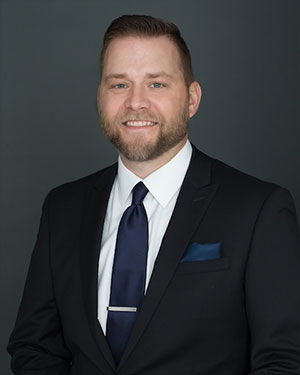One of the most common foot deformities that we see at FAANT is the bunion deformity. This deformity affects the great toe, which will deviate towards the lesser toes. This results in a large bump to the foot at the base of the great toe, as well as pressure between the great toe and second toe.
Surgery is required to correct deformity, as no conservative therapy has been proven to reduce deformity. For surgery to be performed, pain with this deformity should be present.
Patients who have a bunion can complain of pain to several areas:
- Along the middle of the foot along the bunion bump. This can be due to nerve irritation, or pain to joint from rubbing on shoe.
- To the great toe joint. The angle of the great toe can make the toe bend improperly or not all leading to pain.
- To the bottom of the joint. Two small bones at the bottom of joint called sesamoids (like the knee cap) get irritated as pressure to them changes with deformity.
- To first or second toe as they rub each other.
Surgical correction of bunion:
For small to medium sized bunions most physicians employ a bone cut to the first metatarsal bone behind great toe (1st metatarsal) called an Austin bunionectomy. Other names for this correction are Chevron, Kalish or V osteotomy, because of its shape like a "V." The surgeon will cut the bone and shift it towards the lesser toes, followed by placement of two screws. This reduces the bump behind great toe and makes the toe straight. This is the standard for most physicians because it has reliable results and can correct most bunion deformities to normal.
The SCARF bunionectomy looks like a long letter Z, and is stolen from a carpenters who would connect two large beams by notching them together. This was employed especially for ceiling beams, so obviously there is great strength to this bone cut. The Z configuration makes the bone cut very stable even before screws are placed into the bone to hold the correction.
The SCARF Bunionectomy is alternative to the Austin Bunionectomy in the following situations.
- Large bunions – The Austin bunionectomy cannot correct large bunions. The SCARF can correct larger bunions without having to fuse a joint at the base of the first metatarsal. Fusion requires casting which is not required with a SCARF procedure
- Revision surgery – previously failed bunion correction can be repaired with a SCARF, which allows the surgeon to cut bone in an area where another cut has already been made. If another Austin is attempted the bone may not heal properly.
Advantages of the SCARF Bunionectomy
- More stable bone cut, therefore less likely for bone to move out of place during recovery
- Larger bunions can be corrected without fusing joints or performing more aggressive procedures, which would require casting and non-weightbearing
- Decreased skin complications when utilizing cosmetic incision to outside of joint.
- The Austin bunionectomy can also employ this incision but requires surgeon to pull more aggressively on skin when placing screws. This increases risk of skin death at incision line which can lead to thicker scars.
- Correction of abnormal joint angle
- Sometimes shifting the bone behind the toe is not enough to correct deformity and bone needs to be twisted slightly, SCARF allows this Austin does not.
- Utilized in older patients with large bunions
- Older patients with large bunions heel more predictably with SCARF procedure versus fusion of the joint at base of first metatarsal
- Reduced risk of damaging artery that supplies blood to bone
Disadvantage of SCARF Bunionectomy
The disadvantage is a complication called troughing. Troughing means that the two pieces of bone can sink into each other when placing screws, making the correction less stable. This can be avoided by not using this technique on patients with very soft bone, and in most cases occurs due to poor technique.
Every bunion is different and there are many different options for correction that can be selected for you by your surgeon. The chosen bone cut or fusion procedure is based on bunion size, patient age, health and surgeon training and other factors. The SCARF bunionectomy procedure is just another technique that our surgeons at Foot and Ankle Associates of North Texas employ after taking all the details of your medical history and examination into account. Let us help you select the right procedure for you.

